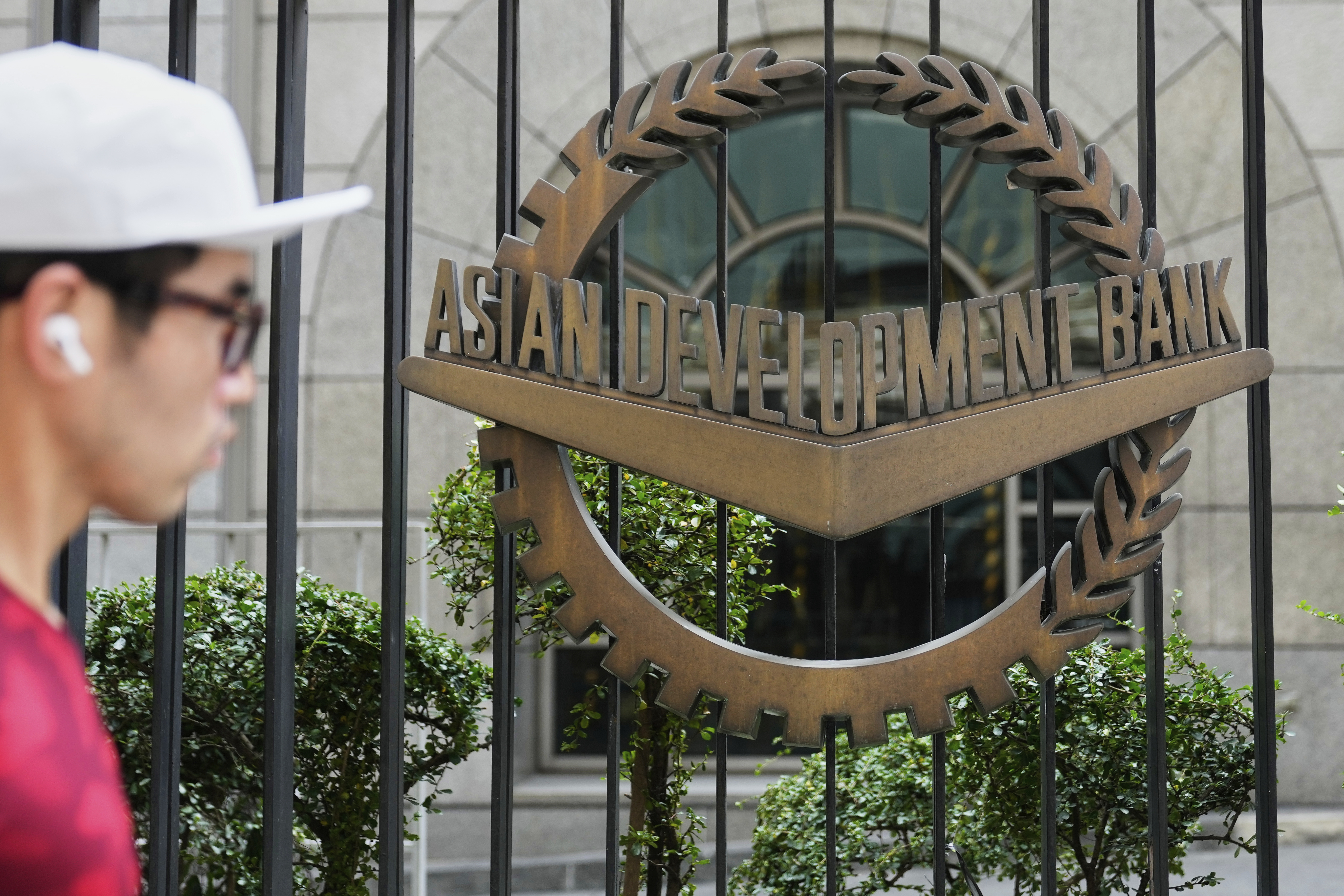
MANILA - The Asian Development Bank (ADB) has trimmed its growth outlook for developing Asia and the Pacific by 0.1 and 0.2 percentage points for this year and next, respectively, amid the emergence of a new global trade environment, shaped by tariffs and updated trade agreements, according to the Asian Development Outlook September 2025, released Tuesday.
The updated report projected economies in the region to grow by 4.8 percent this year and 4.5 percent next year from its April forecasts of 4.9 percent and 4.7 percent, respectively.
Higher tariffs imposed by the United States, along with elevated trade uncertainty, are expected to weigh on the region's growth.
Inflation is expected to continue easing to 1.7 percent this year, amid lower prices for food and energy, before increasing modestly to 2.1 percent next year as food prices normalize.
"US tariffs have settled at historically high rates and global trade uncertainty remains at elevated levels," said ADB Chief Economist Albert Park.
ALSO READ: ADB vows support for integration to overcome regional challenges
"Growth in developing Asia and the Pacific has remained resilient this year thanks to strong exports and robust domestic demand, but the worsened external environment is impacting the outlook," Park added.
Amid the new global trade environment, he said it is "crucial for governments to continue promoting sound macroeconomic management, openness, and further regional integration."
The steep US tariffs levied on Indian exports starting in August are expected to weigh on growth. The ADB is now forecasting India's economy to grow by 6.5 percent for both 2025 and 2026, compared with the April forecasts of 6.7 percent this year and 6.8 percent next year.
Economies in Southeast Asia are seeing the largest downgrades to growth forecasts amid weaker global demand and elevated trade uncertainty. Growth in the subregion is now projected at 4.3 percent for 2025 and 2026 -- down 0.4 percentage points for each year compared with April's forecasts.
READ MORE: ADB calls for collective action to solve complex challenges facing region
The growth forecast for the Caucasus and Central Asia is slightly upgraded for this year to 5.5 percent, while the projection for next year is trimmed by 0.1 percentage points to 4.9 percent, primarily due to lower oil and gas production in some countries in the subregion.
For economies in the Pacific, the forecast has been raised 0.2 percentage points to 4.1 percent this year, amid stronger mining output. Meanwhile, the subregion's growth projection for next year is lowered to 3.4 percent -- from 3.6 percent in April -- due to expectations of weaker resource output and lower commodity exports.
The main risks to developing Asia and the Pacific's outlook include continuing uncertainty around US trade policy, particularly regarding possible sectoral tariffs on semiconductors and pharmaceuticals, as well as unresolved US-China trade negotiations.


